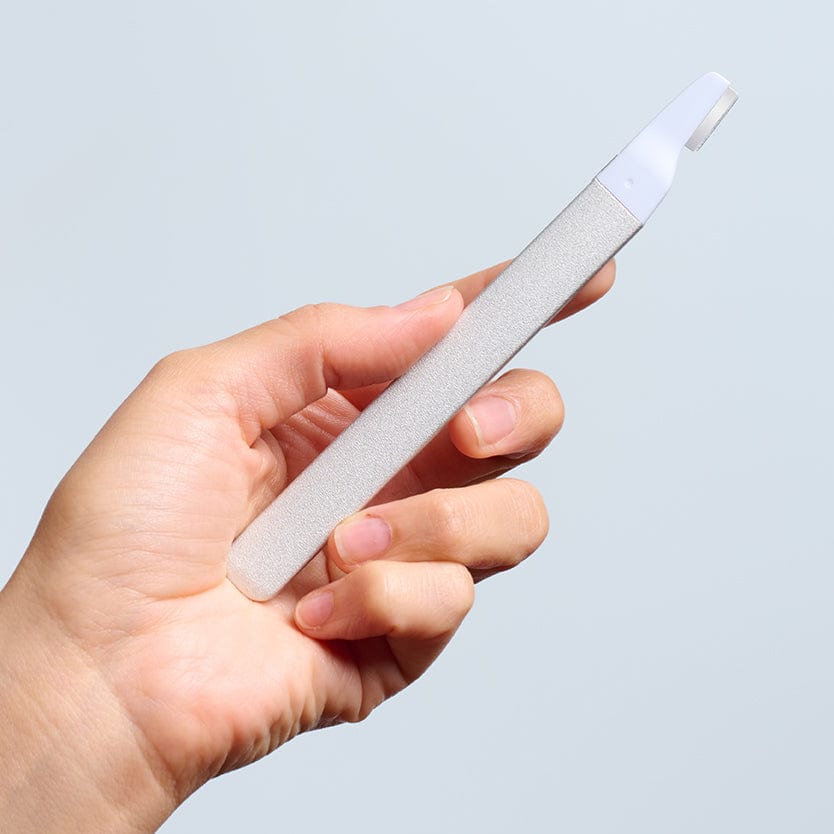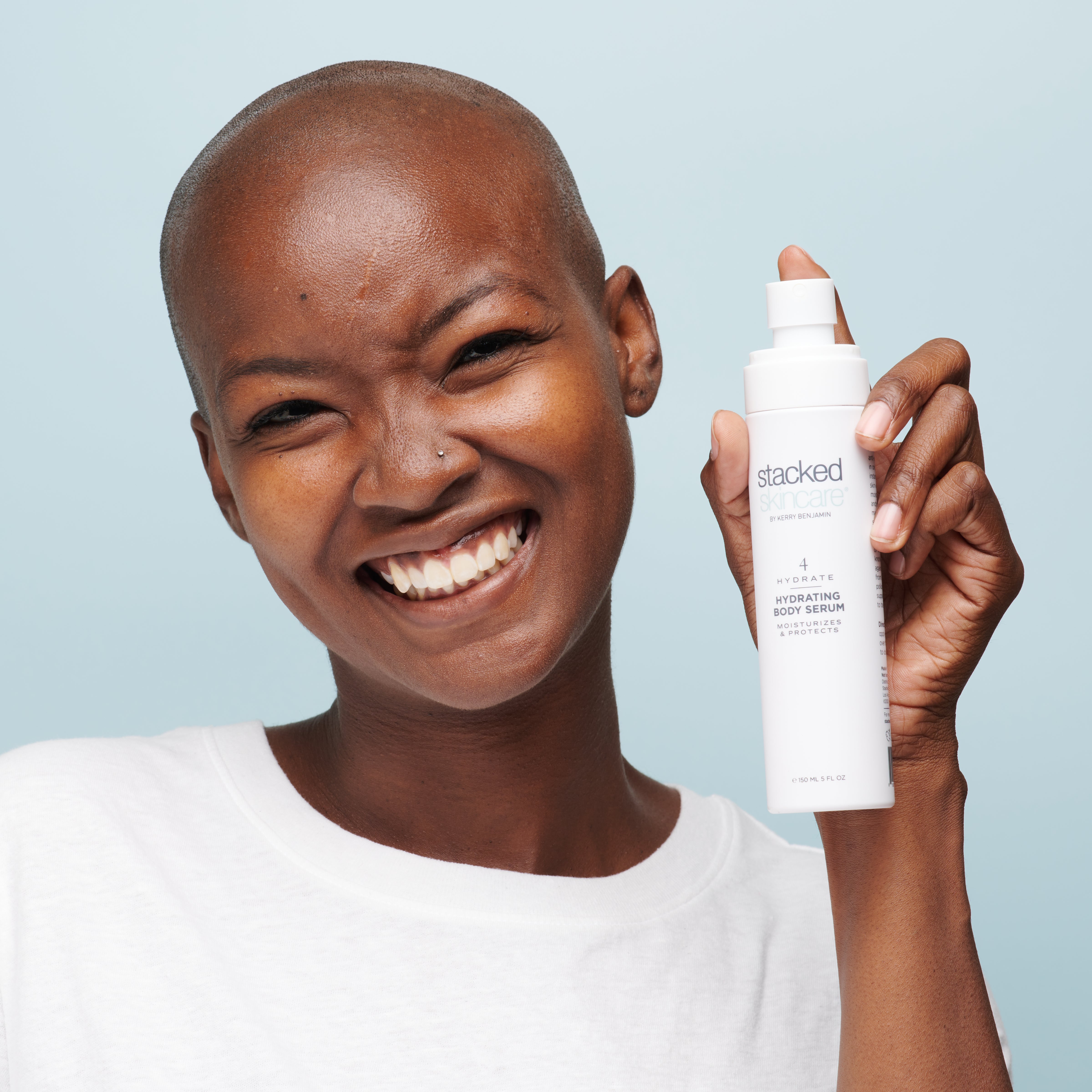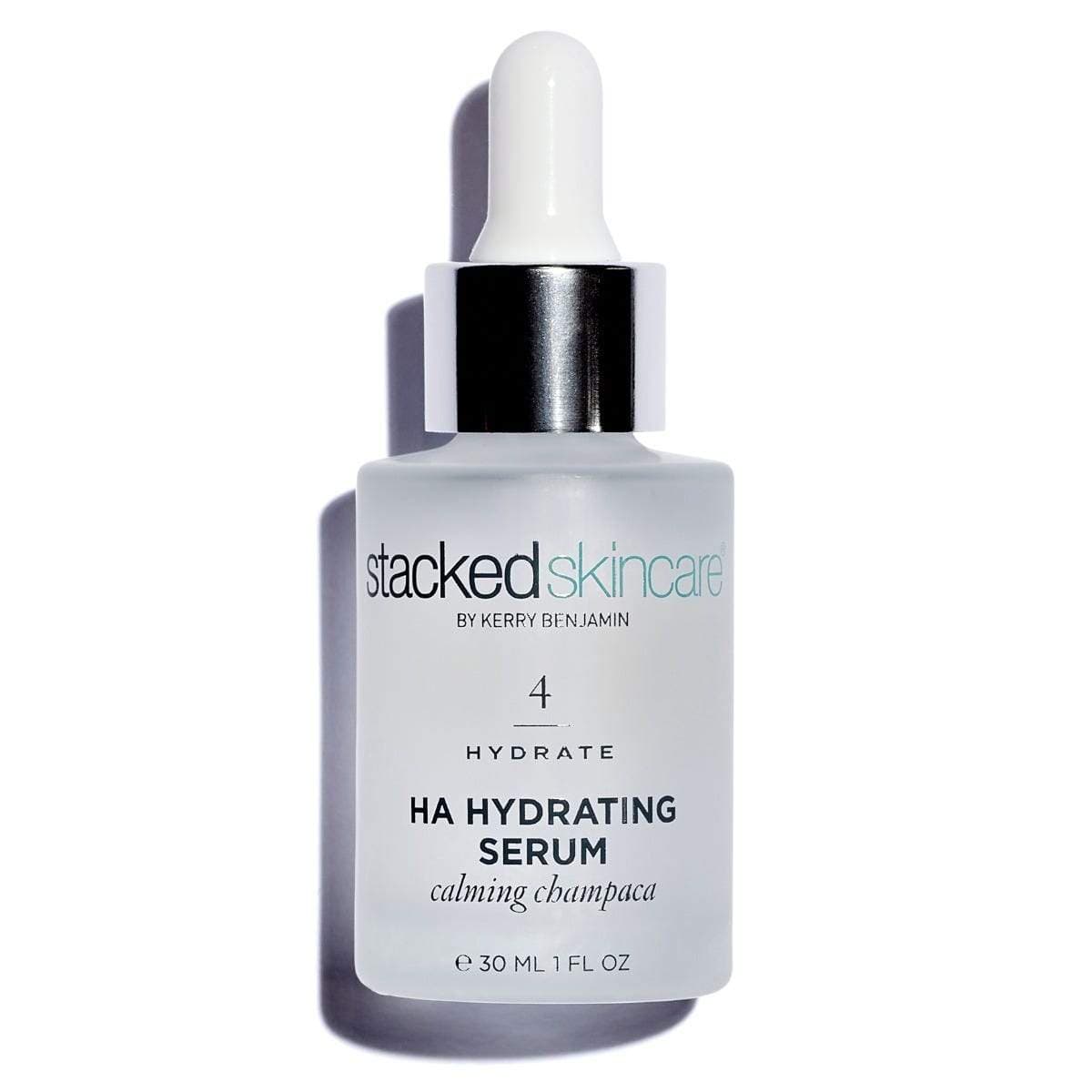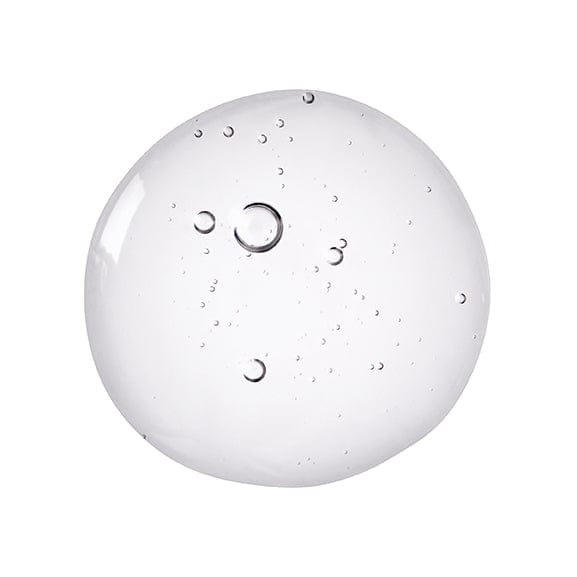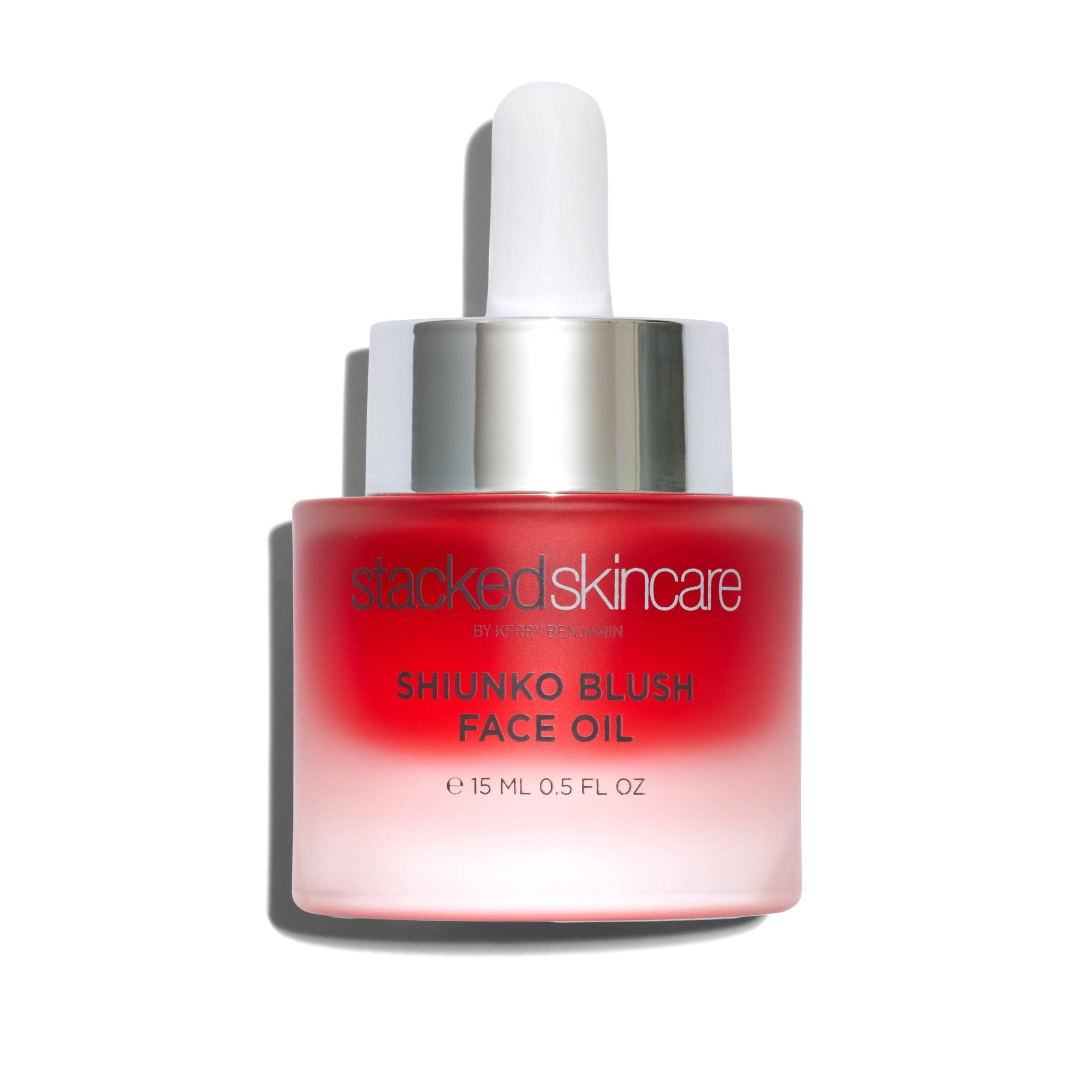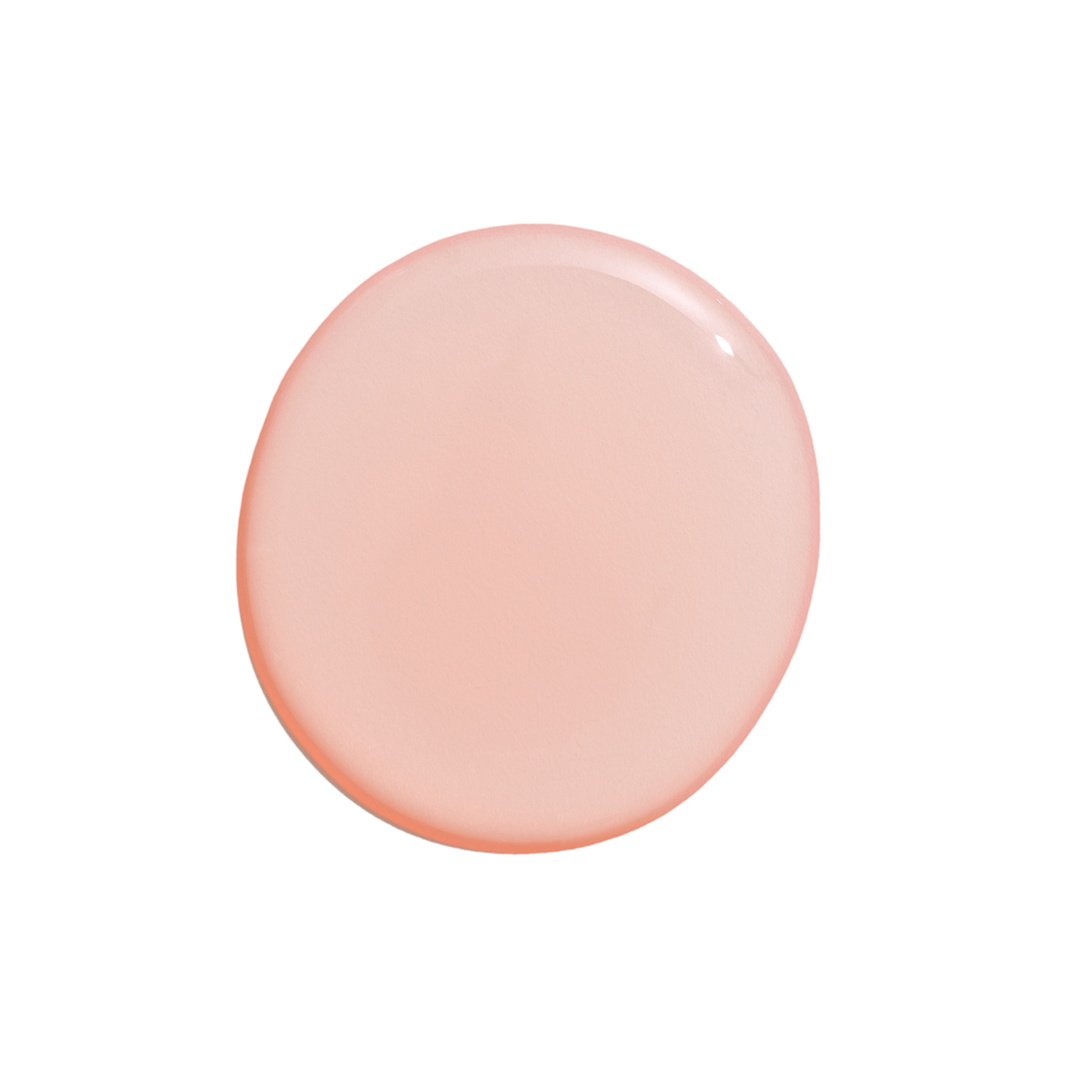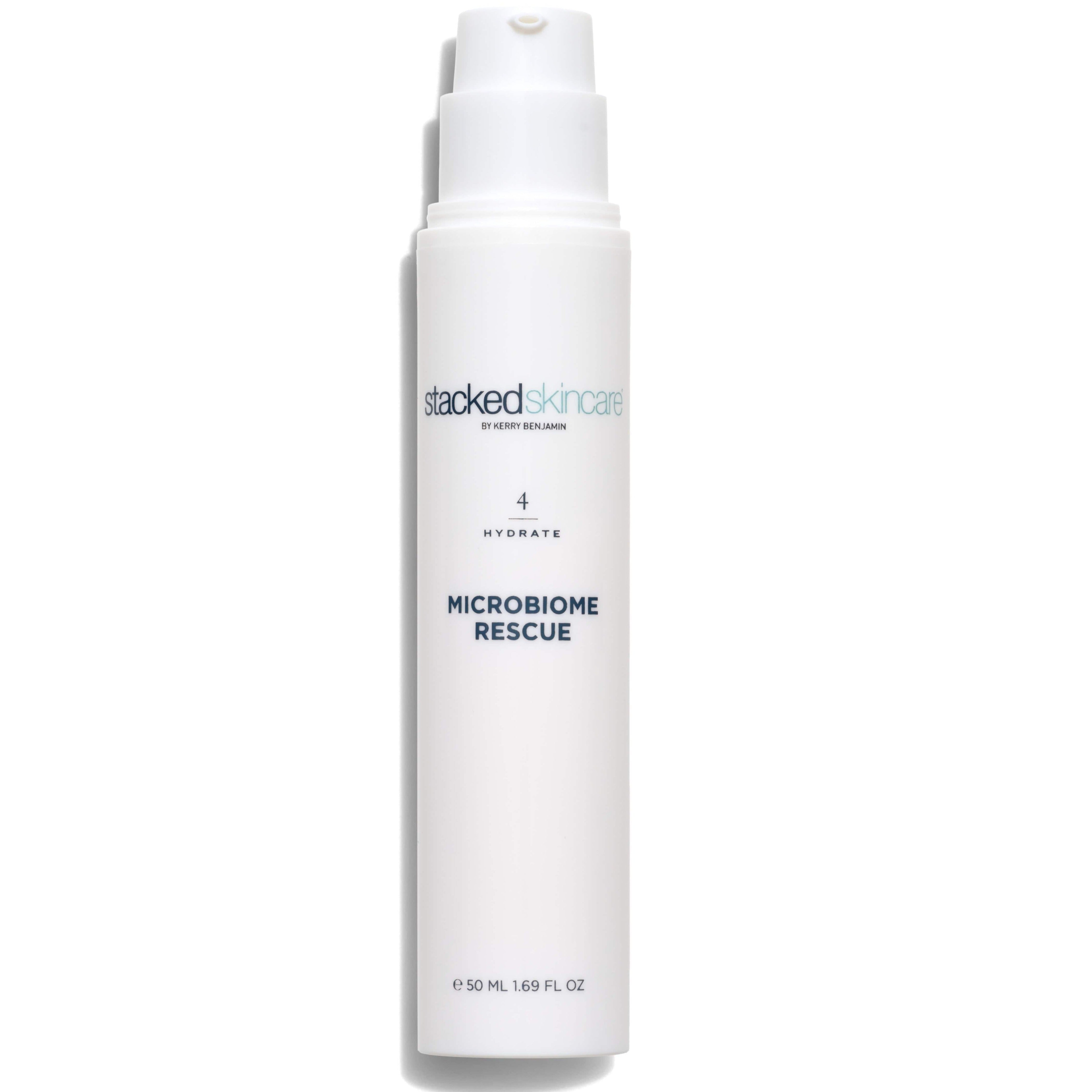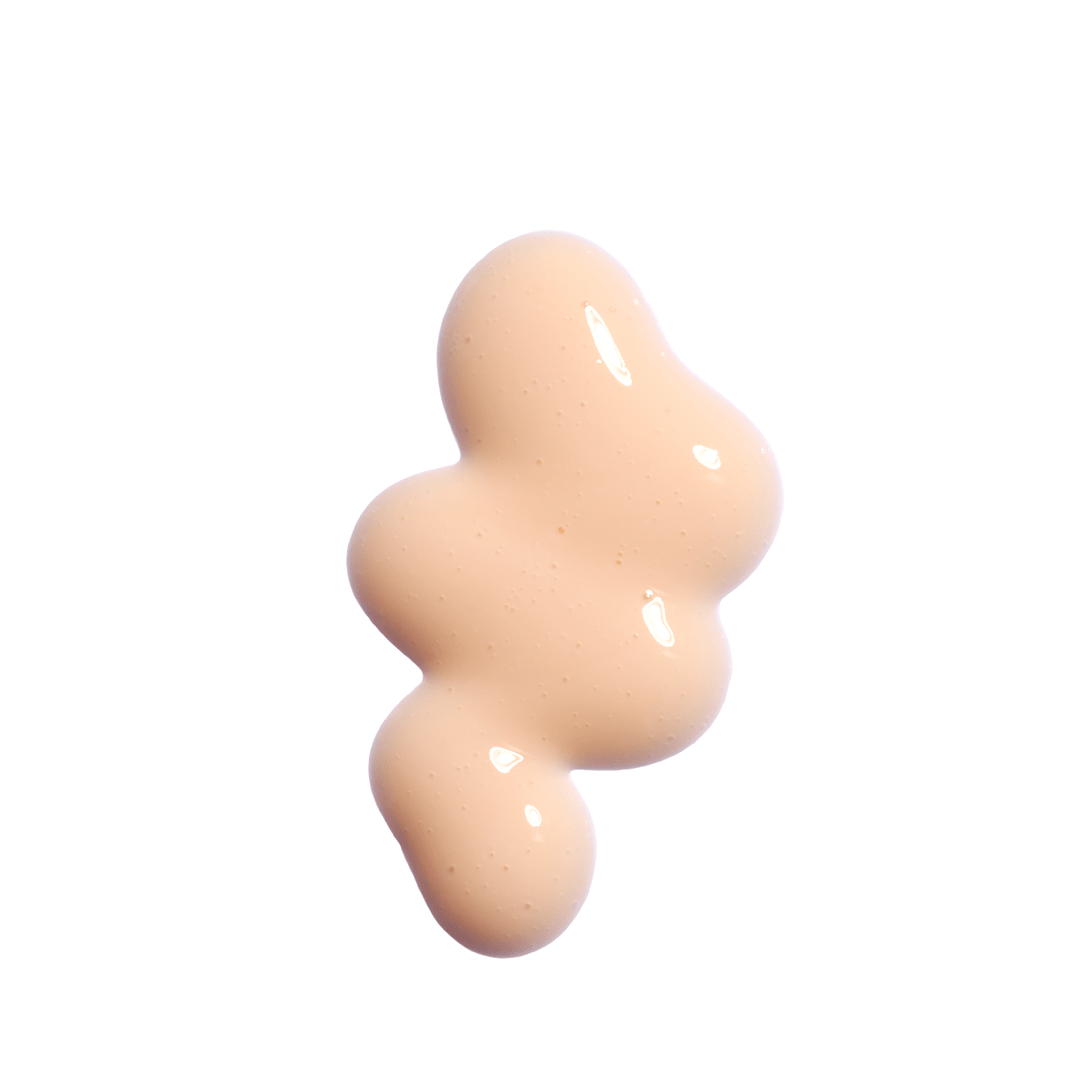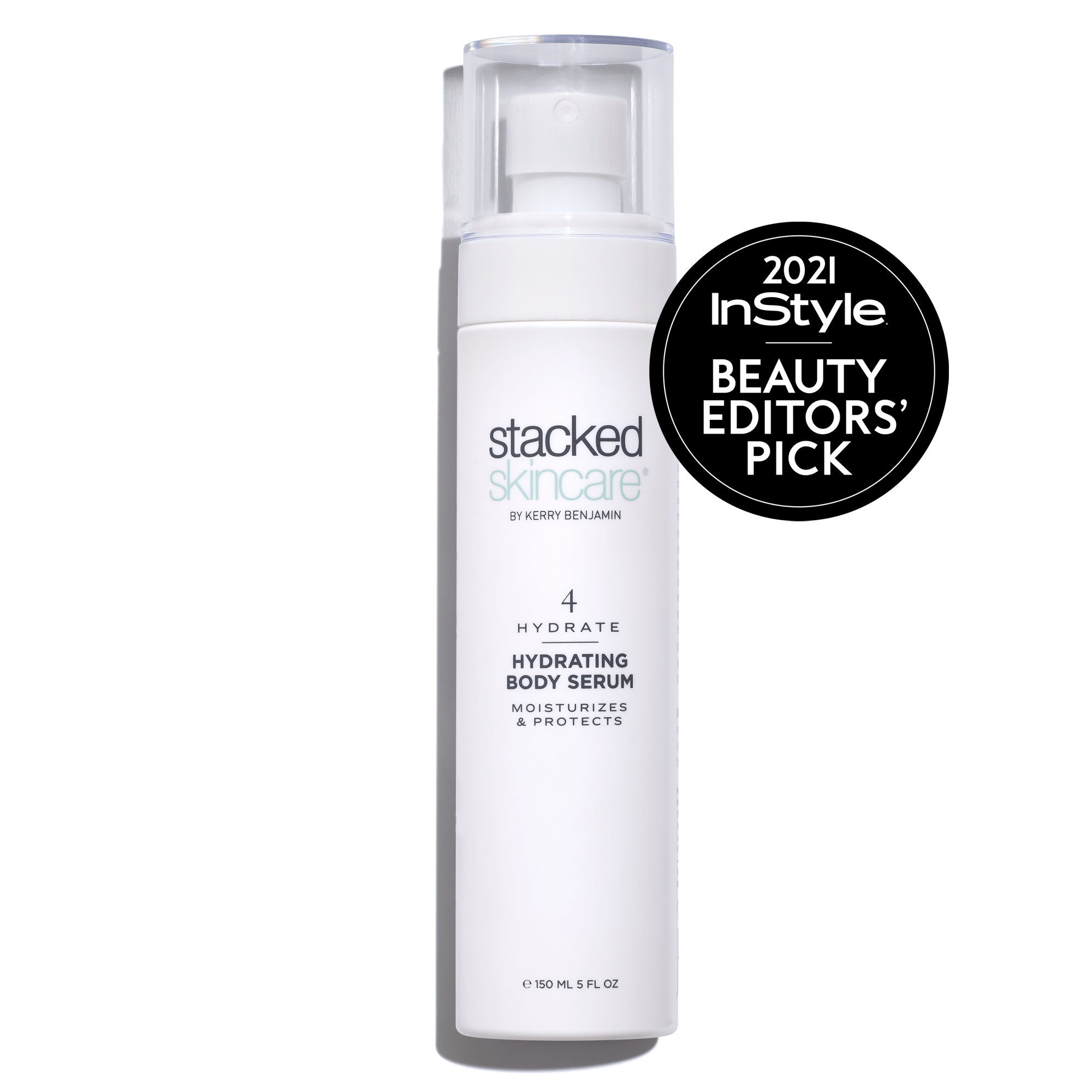FAQs
What does face moisturizer do?
Simply put, face moisturizers prevent dryness. They do this in a variety of ways, depending on which moisturizing ingredients are used.
- Humectant Ingredients: Draw moisture into your skin from its lower layers and the surrounding environment.
- Emollient Ingredients: Lock in moisture by filling in gaps between skin cells, creating a smoother surface and preventing moisture loss.
- Occlusive Ingredients: Establish a protective barrier on the skin’s surface to seal in existing moisture and prevent water loss.
Combine these three ingredient types to maintain a balanced skin barrier and prevent flakiness, irritation, or premature aging.
Using the best moisturizer for your skin type can also help improve texture and give your skin a glowing appearance. Additionally, some moisturizers contain ingredients that can soothe irritation and improve overall skin tone.
How often should you moisturize your face?
You should moisturize your face twice a day—once in the morning and once at night. After cleansing your skin with a face wash, apply your serums, and then moisturizer to lock in hydration. In the morning, moisturizing helps protect your skin throughout the day, it’s best to find one with an antioxidant for added protection under your SPF; at night, it helps restore and repair your skin as you sleep.
If your skin feels particularly dry, you can add a bit more moisturizer throughout the day. Consistently moisturizing helps maintain your skin’s natural balance and prevents it from becoming overly dry or oily.
How much moisturizer should you use?
The amount of moisturizer you need depends on the type of product you're using, but generally, a dime-sized amount is enough to cover your entire face. You may need a little less for thicker creams, while lighter lotions require slightly more.
When applying the best body or facial moisturizer, always start with a small amount and add more as needed to avoid over-applying. Make sure to gently massage the product into your skin using upward strokes for even coverage and better absorption.
Can you over-moisturize your face?
Yes, it is possible to over-moisturize your face. Applying too much moisturizer can clog your pores and lead to breakouts or make your skin feel greasy. Over-moisturizing can also disrupt your skin's natural oil production, causing it to become more dependent on the product.
It’s important to use the right amount for your skin type and to choose a formula that suits your skin’s needs, such as lightweight or oil-free moisturizers for oily skin. If you notice your skin feeling heavy or congested, it may be a sign to cut back on the amount of moisturizer you're using.
Do you apply moisturizer or sunscreen first?
You should apply moisturizer before sunscreen. After cleansing your face and applying any serums, follow up with your moisturizer to lock in hydration. Once the moisturizer has been absorbed, apply sunscreen to protect your skin from UV rays. Sunscreen is an essential step in any morning routine, and it should always be the last product you apply to your skin, as it acts as a protective barrier.
What other skincare products does StackedSkincare offer?
StackedSkincare offers a variety of skincare products to complement your moisturizing routine. These include:
- Face wash: A gentle cleanser to prep your skin before applying moisturizer.
- Chemical peels: For exfoliation and skin renewal.
- Serums: To target specific skin concerns like hydration, anti-aging, acne, or brightening.
- Skincare tools: To enhance the effectiveness of your skincare routine.
These products work together to keep your skin healthy, hydrated, and glowing.

